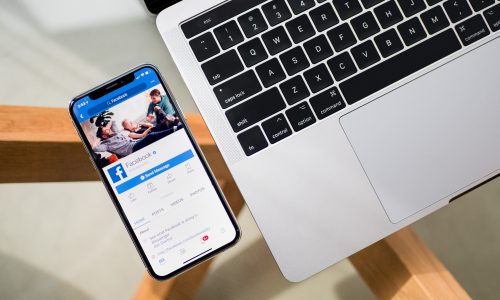Did you know that the 8-hour workday was introduced between 1820 and 1840 during the British Industrial Revolution? A lot of things have changed since then — so why haven’t the office hours?
Many studies cite how productivity increases from modern workplace changes that have challenged traditional norms — working remotely, prioritizing work-life balance, and so forth.
And many leaders agree that how we’re working is changing as a result.
“I encourage our team to learn and understand how to work more creatively — smarter not harder,” HIPPEAS’ Founder Livio Bisterzo told ForceBrands (he also wakes up at 5am, which is proof that the 9-to-5 workday need not apply).
So what does the ideal work schedule look like in the modern workplace?
According to an infographic from Podio, there are three techniques to help increase your wellness and productivity that don’t require sitting at a desk from 9am to 5pm every weekday. Read on to learn more.
15-MINUTE BREAKS
1. Plan two 15-minute breaks during your day
2. Take one of those breaks mid-morning and the other one mid-afternoon
3. Reading, doodling, or meditation are suggested relaxation tips
POMODORO TECHNIQUE
1. One “pomodoro” is 25 minutes focus/5 minutes rest
2. Do four “pomodoros” a day (100 minutes of work; 15 minutes of break)
3. Then take a 15-20 minute break
90-MINUTE WINDOWS
1. Split your day into 90-minute windows with a task assigned to each
2. Focus your energy and attention on that task for 90 minutes
3. After 90 minutes, take a 20-minute break

Why do we work from 9 to 5? Uncover the origins of the standard workday and get tips to be more productive and efficient at work.
Click image to see the interactive version (via Podio).
Because the modern workplace is one that’s designed around the idea of managing energy and not time, it’s important to find the technique that works best for you. There is no one-size-fits-all when it comes to setting workplace hours but working smarter is certainly key to maximizing efficiency.
What does your ideal work environment look like? We can help you find it: get in touch with one of our Executive Recruiters or search our job boards.







